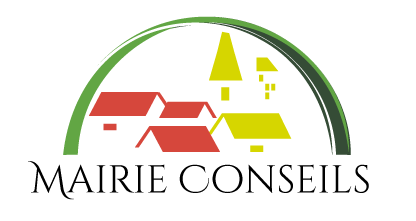• 6 main municipal markets
• A communal forest – the Kivofem forest
• Touristic sites
• Pro-pharmacy building
• Council office blog
• Council rest house
• Kumbo Council Library
• Public toilets
• Council plantations
• Public cemetery
• Vehicles ( Mercedes truck, Toyota Prado, Hilux double cabin)
• Honda Motor cycle
• Soils: develop mainly from basalt, trachyte and or granite base rocks. Many others are formed through alluvial deposits and organic matter. Soil type comprises clay, sandy humus and marshy soils. These offers a diversity of opportunities to the farmers of the area.
• Flora and vegetation: Sudan savanna, influenced by rainfall and altitude, swampy grassland characterized by species adapted to wetland ecosystems like the Raffia vinifera and Raffia guinenis. Grassland forms the majority of the vegetation. Characteristics species in the grassland fields are the pennesetum propureu, ferns and other thick tufts of grass; like elephant stalks and reeds along the banks of streams.
• Fauna: include monkeys which are mainly found in the wild forests around Nkuv, antelopes, rabbits, guinea pigs, goats, cows, horses, sheep, guinea pigs and pigs.
• Mineral resources: stone quarries producing stones in small scales and some sand pits are available. These help in the construction of houses. The sand is extracted from River Bui and other streams that flow across the council area.
• Public works: poorly constructed roads, due to limited resources.
• Environment and nature protection: illegal practices such as hunting, random wild fires and felling of trees, due to ignorance on environmental issues.
• Health: poor health services due to insufficient funds and insufficient number of staff.
• Water and Energy: Inadequate supply due to limited finances (for water) and limited energy sources (for energy).
• Women empowerment and family: the ignorance of women to rights because of lack of centers and cultural practices.
• Education: limited schools and infrastructure due to limited classes.
• East: Mbvem
• South: Jakiri
• West: Oku-Noni
• North: Nkum
• Agriculture: (cocoyam, maize, beans, plantains, groundnuts, Irish/sweet potatoes, bananas, and pepper). There is also a lot of home gardening done in the council area.
• Sylviculture: (eucalyptus sp, Malingna sp, Cordia Platythyrsa, ficus sp, Datura candida, schefflera). They are used by the inhabitants and the government for wood and construction.
• Livestock: (cattle, horses, goats, Sheep and fowls). Commerce: sales of food stuff and petty trading.
• Others include: small medium size enterprises, services from organizations, bee hiving, hunting and craftsmanship.
• Climate: there are two seasons; rainy season and the dry season. It experiences cold dry hamattan winds in the dry season and cold wet monsoon winds in the rainy season. Average annual rainfall stands at around 1862 mm. Annual maximum temperatures range between 27° C and 33° C.
• Relief: the topography of the area is characterized by hills with jutting spurs and deep valleys.
• Hydrology: many small streams flow from the hills, some seasonal in nature and gather to form the river Bui that meanders through Kumbo town. The River Bui has 01 tributary worth noting, the Roh kimbo, which joins the river Bui around Shisong. These rivers are of little commercial value apart form a few gardening activities.
